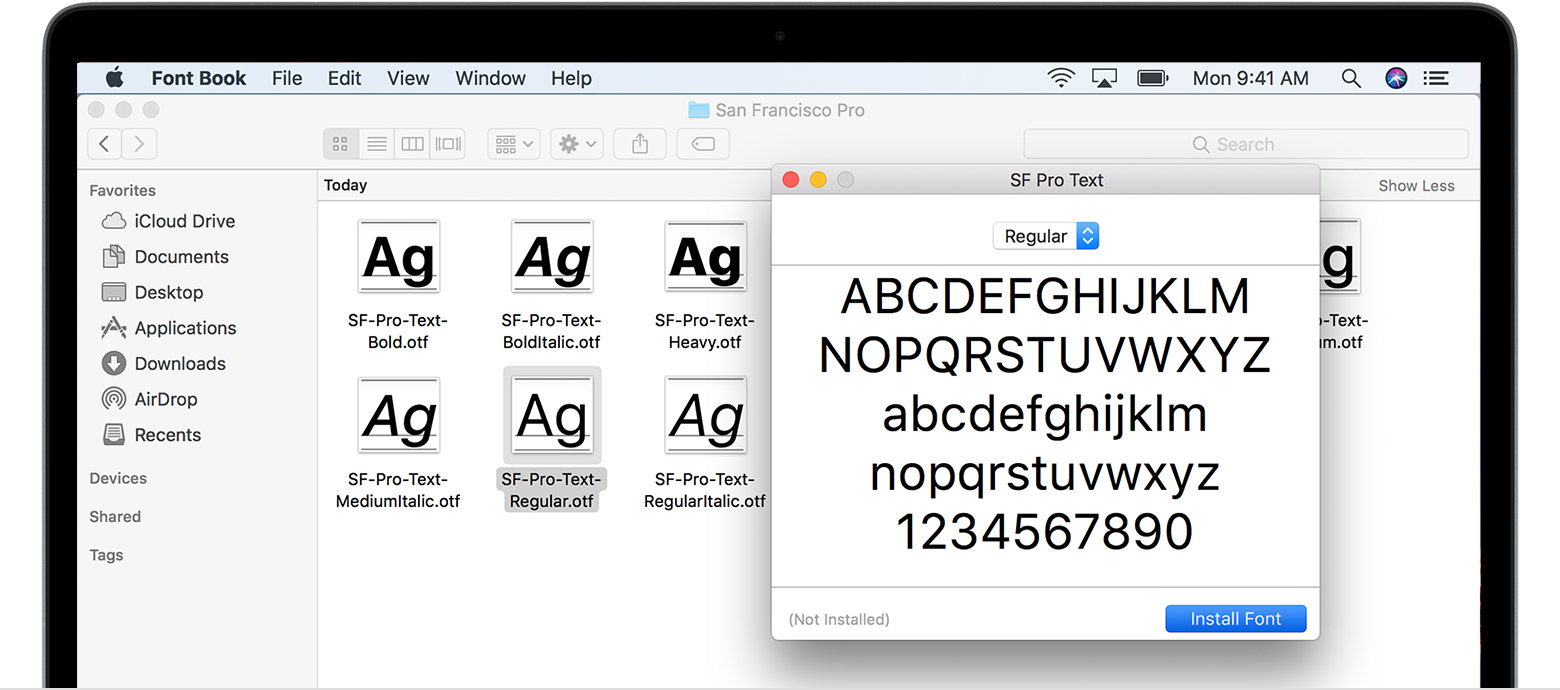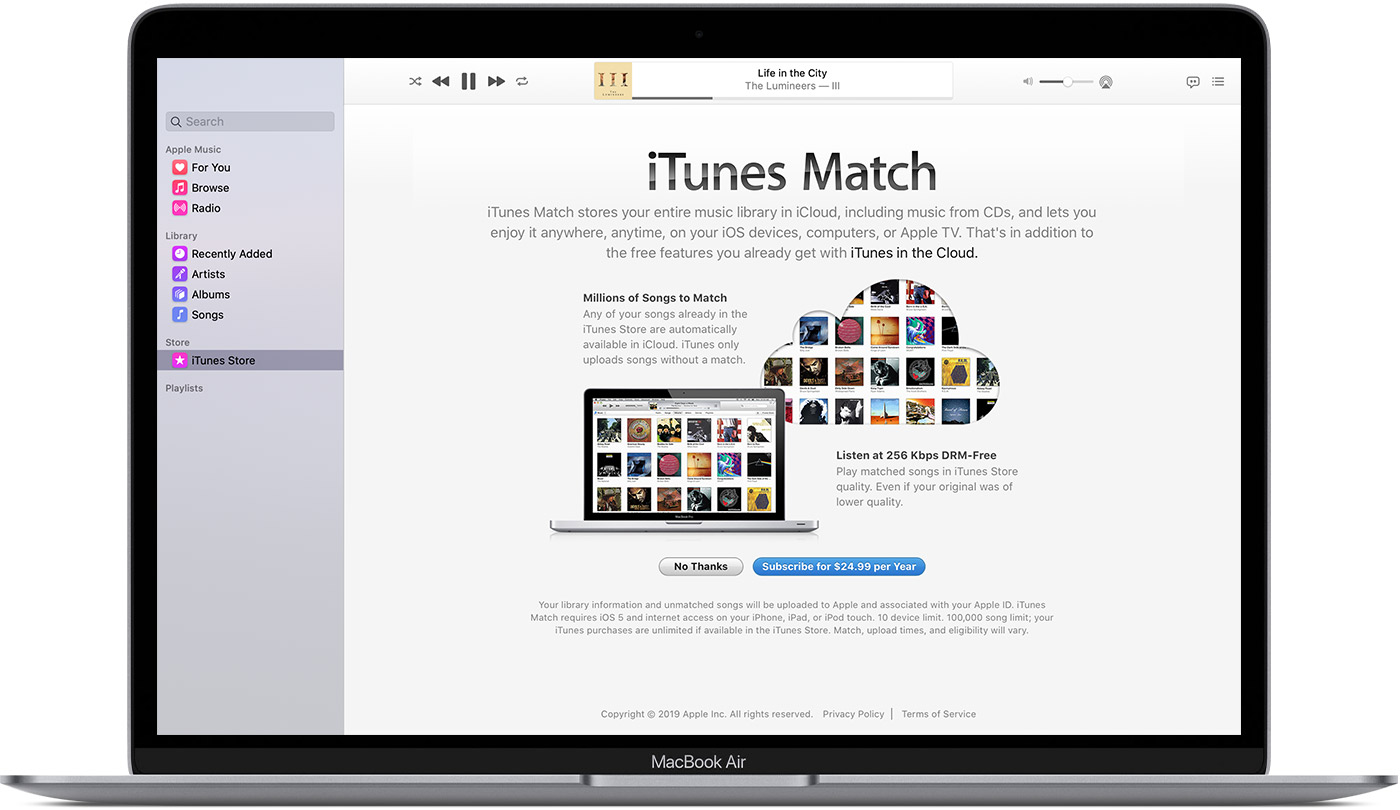- My Book Won't Download To My Macbook Pro 2017
- My Book Won't Download To My Macbook Pro 2020
- My Book Won't Download To My Macbook Pro 13.3
- My Book Won't Download To My Macbook Pro Model
I got my MacBook old hard drive replaced with a shiny new SSD but ran into problems. After hitting the power on button, I heard the familiar start-up chime but Mac screen turned white or gray and showed no sign of progress. When I booted into macOS Recovery mode, the new SSD was greyed out and unmounted. How to fix?
Seems like my 2012 macbook pro retina won't update. About this mac says 10.9.5. Not on my mission control, but i did download 10.10.x yosemite.
Apple always does everything to make MacBook Pro's hardware sleek and powerful but it isn't immune to hard disk failure, viruses, physical damage and other threats that can result data disaster condition. Sometimes, your MacBook Pro SSD won't mount or MacBook Pro doesn't recognize the SSD in Disk Utility, which prevents the system from boot up correctly.
Don't be panic, the SSD can be found in Disk Utility, you can make sure it doesn't have any hardware problems. This passage will show you what to do when SSD is not mounting on MacBook Pro, as well as recover lost data from the unbootable Mac computer.

First of all: Data recovery from unmountable MacBook Pro SSD
No matter what causes MacBook Pro SSD not booting issue, all your critical data becomes inaccessible. If you didn't back up or keep backups updated, the first and foremost thing is to run MacBook Pro data recovery from the unmountable MacBook Pro SSD.
As your Mac internal hard drive won't mount, it's not easy to get lost data back, but it's not impossible with iBoysoft Data Recovery for Mac. The program is a free Mac data recovery tool that helps you recover documents, pictures, audios, videos, emails when SSDs, internal hard drives, Macintosh HDs not mounted in Disk Utility. Even when your MacBook Pro/Air, iMac, Mac mini won't boot, it is able to transfer files from a broken Mac to a new Mac.
Unlike other data recovery software that need to take out the internal SSD, you are able to create a bootable drive to recover lost data or run iBoysoft Data Recovery for Mac from iBoysoft server.
Method 1: If you have only one Mac computer
If you have only one Mac computer, please directlyrun iBoysoft Data Recovery for Mac in macOS Recovery mode and recover lost data from the unmountable MacBook Pro SSD.
- My Windows 10 Pro sees other PCs and the printers even my android phone on my Network but it can not see my MacBook Pro. The MacBook Pro can see the Windows 10 machine and access files Why can I not see or access the MAC? I have seen many others with same or similar issue without a good response from Microsoft.
- Even when your MacBook Pro/Air, iMac, Mac mini won't boot, it is able to transfer files from a broken Mac to a new Mac. Unlike other data recovery software that need to take out the internal SSD, you are able to create a bootable drive to recover lost data or run iBoysoft Data Recovery for Mac from iBoysoft server.
- If you're using OS X El Capitan v10.11.5 or later and your App Store preferences or Software Update preferences are set to download new updates when available, macOS Big Sur will download conveniently in the background, making it even easier to upgrade. A notification will inform you when macOS Big Sur is ready to be installed. Click Install to.
- My Macbook Pro suddenly shut down and is not turning on, no chime, no Apple logo. There was no exposure to water. (However, I had kept a steaming bowl of hot water right next to the laptop.But this was in an open kitchen) The Pro had less than 10% charge when it suddenly shut down.
Method 2: If you have two Mac computers

Step 1: Download iBoysoft Data Recovery for Mac on the healthy Mac computer.
Step 2: Install and launch iBoysoft Data Recovery for Mac on this Mac computer.

Step 3: Click iBoysoft Data Recovery on the menu bar and then select 'Create Boot Drive'.
Step 4: Insert a USB drive into this healthy Mac computer.
Step 5: Follow the wizard to create a bootable recovery drive on the USB drive.
Step 6: When the creation process completes, you can insert the USB drive into the unbootable Mac computer, and then press the Power button and Option key (⌥) to start the Mac up.
Step 7: Select iBoysoft Data Recovery for Mac from the boot options.

Step 8: Follow the wizard to scan for the lost data on the unmounted MacBook Pro SSD.
My Book Won't Download To My Macbook Pro 2017
Step 9: Choose the files you want to get back, and then click Recover button.
/cdn.vox-cdn.com/uploads/chorus_image/image/67419197/ios_14_ipados_14_dbohn_190.0.jpg)
Besides, iBoysoft Data Recovery for Mac can also recover lost data from formatted drives, recover lost data from unreadable drives, and recover lost data from corrupted drives, etc. It is fully compatible with macOS Big Sur 11/Catalina 10.15/Mojave 10.14/High Sierra 10.13/10.12 and OS X 10.11/10.10/10.9/10.8/10.7.
How to fix MacBook Pro SSD not mounted/booting?
Fix 1: Run First Aid to repair unmounted MacBook Pro SSD
Within the Disk Utility, First Aid is a function for checking and repairing files system errors. Fortunately, macOS also provides an option to run First Aid on startup drives, just follow these steps below:
Step 1: Boot your Mac into macOS Recovery mode. Start your MacBook Pro and hold down the Command and R keys simultaneously until you see an Apple logo or spinning globe. Then release the keys.
Step 2: Select Disk Utility from the macOS Utilities menu and click Continue.
Step 3: Select the unmounted MacBook Pro SSD from the left-hand panel.
Step 4: Click First Aid on the top of the window and wait while it verifying and repairing errors.
Fix 2: Reformat and reinstall to fix MacBook Pro SSD not mounted/booting
My Book Won't Download To My Macbook Pro 2020
If the MacBook Pro SSD has serious logical errors, Disk Utility cannot repair the disk. In this case, reformatting is the most effective solution to bring back your MacBook Pro to a normal working state. Please be sure you have backed up as the reformatting process will erase all data on the SSD.
Step 1: Boot your Mac to macOS Recovery mode.
Step 2: Select Disk Utility from the macOS Utilities menu.
Step 3: Select the unmountable MacBook Pro SSD from the side bar.
Step 4: Click Erase from the top.
Step 5: Setup the required information (i.e. Name, Scheme, Format, etc.) to reformat the disk and click Done when finished.
Step 6: Go back to macOS Utilities screen and select Reinstall macOS.
Still have questions?
macOS Big Sur elevates the most advanced desktop operating system in the world to a new level of power and beauty. Experience Mac to the fullest with a refined new design. Enjoy the biggest Safari update ever. Discover new features for Maps and Messages. And get even more transparency around your privacy.
Check compatibility
macOS Big Sur is compatible with these computers:
MacBook introduced in 2015 or later
MacBook Air introduced in 2013 or later
MacBook Pro introduced in late 2013 or later
Mac mini introduced in 2014 or later
iMac introduced in 2014 or later
iMac Pro
Mac Pro introduced in 2013 or later
View the complete list of compatible computers.
If upgrading from macOS Sierra or later, macOS Big Sur requires 35.5GB of available storage to upgrade. If upgrading from an earlier release, macOS Big Sur requires up to 44.5GB of available storage. To upgrade from OS X Mountain Lion, first upgrade to OS X El Capitan, then upgrade to macOS Big Sur.
Make a backup
Before installing any upgrade, it’s a good idea to back up your Mac. Time Machine makes it simple, and other backup methods are also available. Learn how to back up your Mac.
Get connected
It takes time to download and install macOS, so make sure that you have a reliable Internet connection. If you're using a Mac notebook computer, plug it into AC power.
Download macOS Big Sur
If you're using macOS Mojave or later, get macOS Big Sur via Software Update: Choose Apple menu > System Preferences, then click Software Update.
Or use this link to open the macOS Big Sur page on the App Store: Get macOS Big Sur. Then click the Get button or iCloud download icon.
Begin installation
After downloading, the installer opens automatically.
Click Continue and follow the onscreen instructions. You might find it easiest to begin installation in the evening so that it can complete overnight, if needed.
If the installer asks for permission to install a helper tool, enter the administrator name and password that you use to log in to your Mac, then click Add Helper.
Allow installation to complete
Please allow installation to complete without putting your Mac to sleep or closing its lid. Your Mac might restart, show a progress bar, or show a blank screen several times as it installs both macOS and related updates to your Mac firmware.
My Book Won't Download To My Macbook Pro 13.3
Stay up to date
After installing macOS Big Sur, you will be notified when updates to macOS Big Sur are available. You can also use Software Update to check for updates: Choose Apple menu > System Preferences, then click Software Update.
Or get macOS Big Sur automatically
If you're using OS X El Capitan v10.11.5 or later and your App Store preferences or Software Update preferences are set to download new updates when available, macOS Big Sur will download conveniently in the background, making it even easier to upgrade. A notification will inform you when macOS Big Sur is ready to be installed. Click Install to get started, or dismiss the notification to install later. When you're ready to install, just open the file named Install macOS Big Sur from your Applications folder.
My Book Won't Download To My Macbook Pro Model
Learn more
- If the installer shows a list of apps that are not optimized for your Mac, learn about 32-bit app compatibility, then choose whether to proceed with the installation.
- For the strongest security and latest features, upgrade to macOS Big Sur. If you have hardware or software that isn't compatible with Big Sur, you might be able to install an earlier macOS.
- You can also use macOS Recovery to reinstall the macOS you're using now, upgrade to the latest compatible macOS, or install the macOS that came with your Mac.